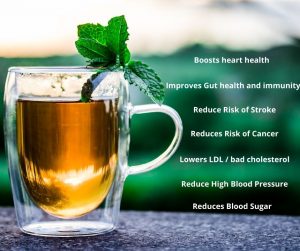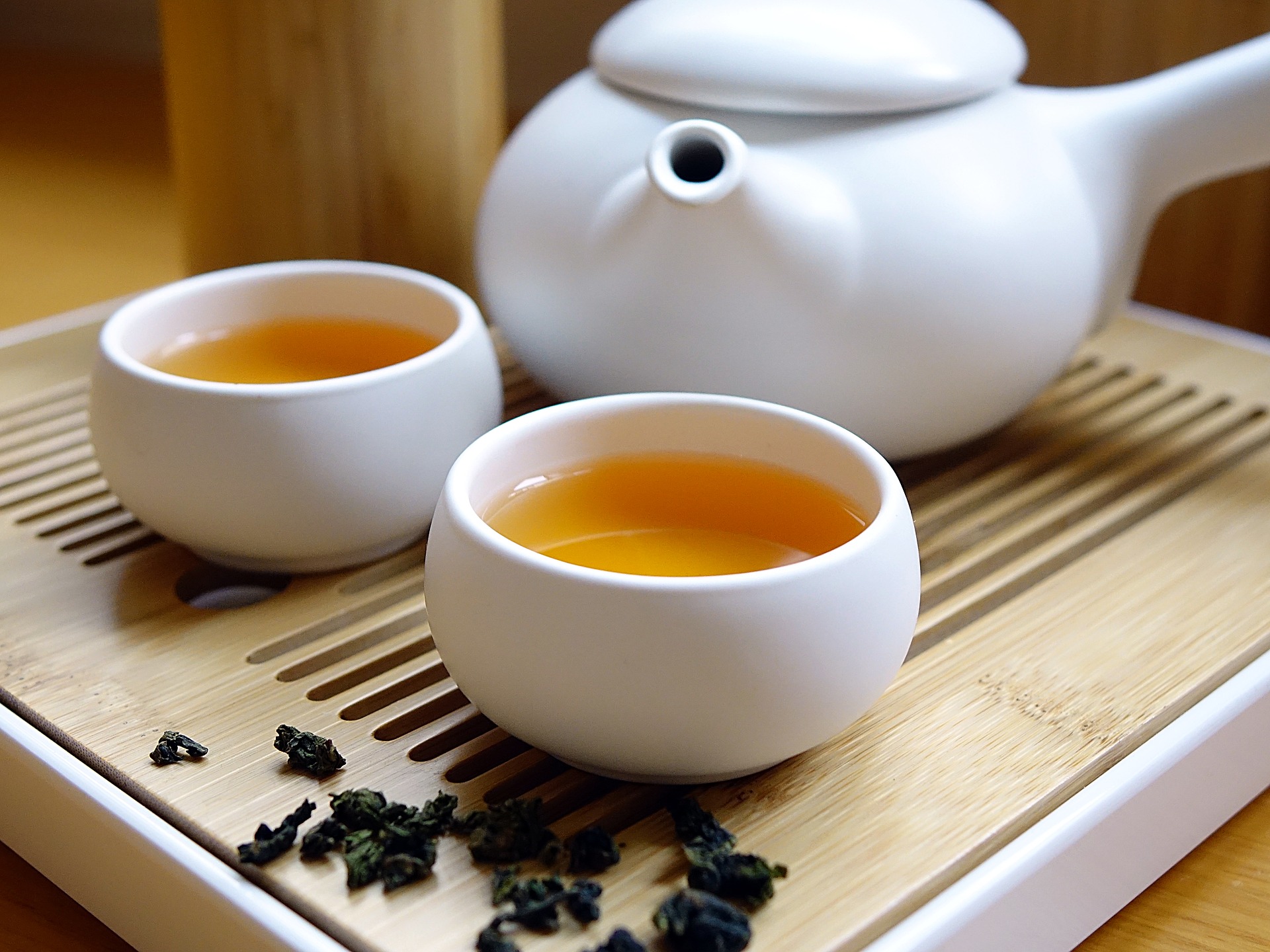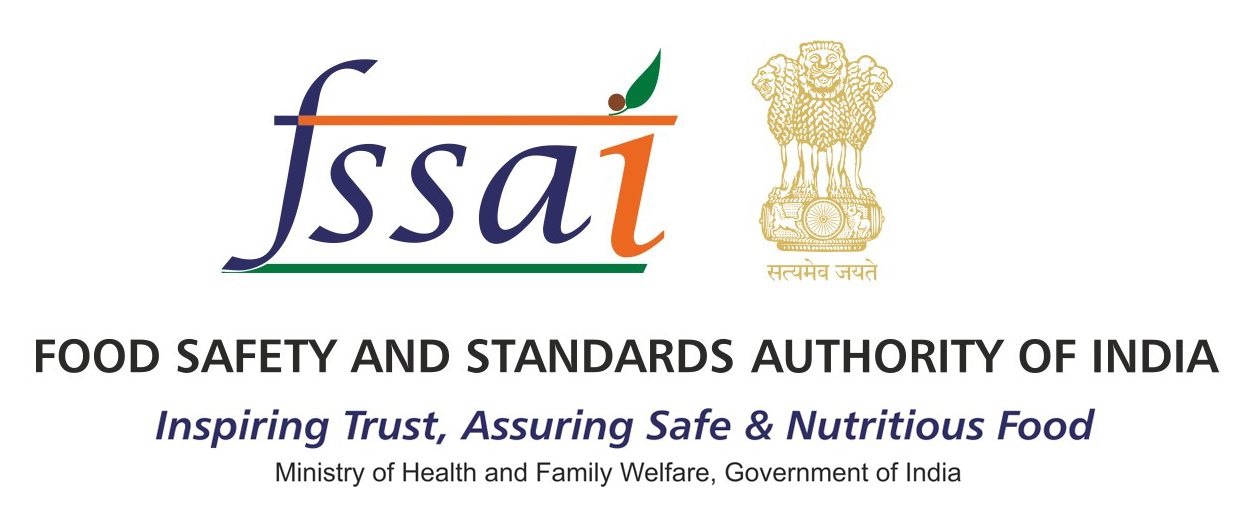Advertisements often convince us that with each sip of tea, we are consuming the goodness of medicinal herbs and the best things this world has to offer. However, there is a stark contrast between what we see in advertisements and reality, owing to the practice of tea adulteration. Playwright Arthur Wing Pinero once said, “Where there’s tea there’s hope”. The question is, how hopeful can we as consumers be when it comes to holding a safe, unadulterated cup of tea in our hands?
The Benefits of Tea

Moderate amount of tea is quite beneficial for one’s health since studies have shown that tea’s high level of flavonoids and antioxidants can lower one’s risk of heart disease. Tea is also associated with lowering cholesterol and improving blood vessel function.
Other studies have shown teas can help protect your teeth and even stave off cancer. At the very least, drinking tea is a flavorful way of getting enough fluid into your body each day.
All non-herbal teas are made from the leaves of the Camellia sinensis plant. The amount of time the leaves are processed determines whether you end up with a green, black or oolong tea.
The green teas are the least processed and tend to have the highest amounts of polyphenols, and the only type that contain the polyphenol, is catechin, which is why many studies have been done using only green teas. Certain herbal teas are known for their medicinal value, including soothing the digestive system.

From left to right: Green tea (Bancha from Japan), Yellow tea (Kekecha from China), Oolong tea (Kwai flower from China) and Black tea (Assam Sonipur Bio FOP from India)
Tea Adulteration
Exhausted tea leaves and colouring substances are two frequent adulterants found in tea.
Pre-used tea leaves, as well as processed and coloured tea, may put you at risk for liver disorders and other health issues. Consuming tea which contains fabric dye can even lead to cancer. It was found that substances like bismark brown, potassium blue, turmeric, indigo, plumbago (black lead), and other dyes were used to give substandard tea leaves a desired colour or glossiness.
Additionally, tea leaves are also found to be adulterated with substances like sand, starch, caffeine, iron fillings/ flakes (to increase the weight of tea), chicory, catechu, china clay, French chalk, lather flakes, etc. Prussian blue, which is known to be a toxic substance when consumed is also used in tea colouring.
What the Tea Board is Saying
The Tea Board of India has warned manufacturers of legal action for adulterating tea with colouring substances and began a campaign to assist consumers in distinguishing between good and substandard coloured teas on the market. The Board emphasised that the use of colouring for tea was completely unnecessary and identified such adulterants as a threat to tea’s image of being a healthy beverage. The Board highlighted the absence of any provision which allows for the usage of colour in tea and recommended all stakeholders adhere to the guidelines issued by the FSSAI.
FSSAI’s 2011 regulation 2.10.1 (1) states the following about tea -“the product shall be free from extraneous matter, added colouring matter and harmful substances”.
Tea leaves that have been damaged during the production process or are of poor quality are treated with various colouring chemicals to improve their appearance and price, according to the Tea Board. The colouring substances which are added to tea do not add any value to the product as such.
Detecting Adulteration
The Food Safety and Standards Authority of India (FSSAI) posted an informative video showing how one can detect adulteration of tea with exhausted tea leaves. The experiment requires one to spread some tea leaves on filter paper, and then sprinkle some water to make the filter paper wet. The filter paper is then required to be washed under tap water. If the tea leaves are unadulterated, there won’t be any staining on the paper. However, if the tea leaves are stained, the paper will have a blackish-brown stain on it.
What is the Solution?
Only by educating consumers about the importance of purchasing packaged tea from reputable manufacturers can this issue be tackled. Additionally, the Tea Board should discourage low-quality tea producers from dumping their products in the market and tea marketing companies that use artificial colours should have their licences revoked. Regrettably, there is no system in place to monitor it.
Sasaki Sanmi once said, “Doing nothing is respectable at tea”. Similarly, when it comes to adulteration, it is most respectable when nothing is done to tea.
 Food Manifest
Food Manifest 















Leave a Comment
Your email address will not be published. Required fields are marked with *